Regulatory Compliance and Standards
Regulatory compliance and the establishment of stringent standards for infection control are pivotal in shaping the Infection Control for the Human and Animal Health Market. Regulatory bodies are increasingly mandating adherence to infection control protocols, particularly in healthcare settings. This has led to a surge in demand for products that meet these standards, such as disinfectants and personal protective equipment. The market is likely to experience growth as organizations invest in compliance-related solutions to avoid penalties and ensure patient safety. Furthermore, the implementation of guidelines by organizations such as the World Health Organization and the Centers for Disease Control and Prevention reinforces the necessity for effective infection control measures, thereby driving market expansion.
Rising Awareness of Infection Risks
The heightened awareness of infection risks among both healthcare professionals and the general public appears to be a driving force in the Infection Control for the Human and Animal Health Market. This awareness is largely attributed to the increasing incidence of infectious diseases and the potential for zoonotic transmission. As a result, there is a growing demand for effective infection control measures, including sanitization products and protocols. Market data indicates that the infection control market is projected to reach USD 25 billion by 2026, reflecting a compound annual growth rate of approximately 7%. This trend suggests that stakeholders are prioritizing infection prevention strategies, thereby enhancing the overall market landscape.
Growing Demand for Animal Health Products
The growing demand for animal health products is emerging as a significant driver in the Infection Control for the Human and Animal Health Market. As pet ownership rises and livestock production increases, there is a heightened focus on preventing infections in animals. This trend is leading to an uptick in the use of vaccines, disinfectants, and biosecurity measures in veterinary practices and farms. Market Research Future indicates that the animal health segment is expected to grow by 6% annually, reflecting the increasing investment in animal welfare and disease prevention. Consequently, this demand is likely to influence the overall infection control market, as stakeholders seek comprehensive solutions that address both human and animal health.
Technological Innovations in Infection Control
Technological innovations are transforming the Infection Control for the Human and Animal Health Market, offering advanced solutions that enhance efficacy and efficiency. Innovations such as automated disinfection systems, UV-C light technology, and smart monitoring devices are gaining traction. These technologies not only improve infection control practices but also reduce labor costs and human error. Market analysis suggests that the adoption of such technologies could lead to a 15% increase in market share for companies that integrate these solutions into their offerings. As healthcare facilities and veterinary practices seek to optimize their infection control measures, the demand for technologically advanced products is expected to rise significantly.
Increased Investment in Healthcare Infrastructure
The ongoing investment in healthcare infrastructure is likely to bolster the Infection Control for the Human and Animal Health Market. Governments and private entities are channeling resources into upgrading healthcare facilities, which includes enhancing infection control measures. This investment is particularly evident in emerging economies, where the establishment of new hospitals and clinics necessitates the implementation of robust infection control protocols. Market data indicates that the healthcare infrastructure sector is projected to grow at a rate of 8% annually, which in turn supports the demand for infection control products and services. As facilities expand, the need for effective infection control solutions becomes increasingly critical.


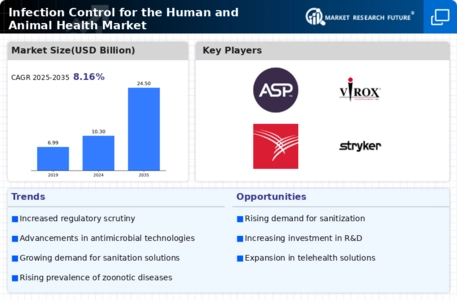
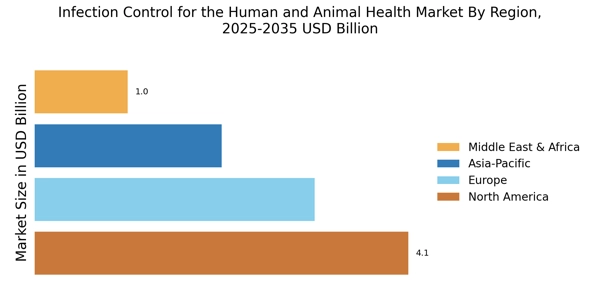


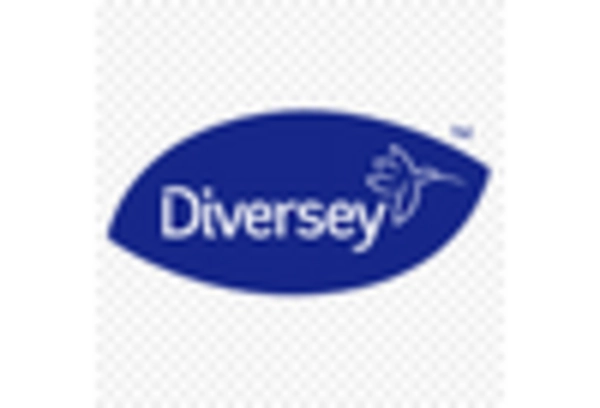
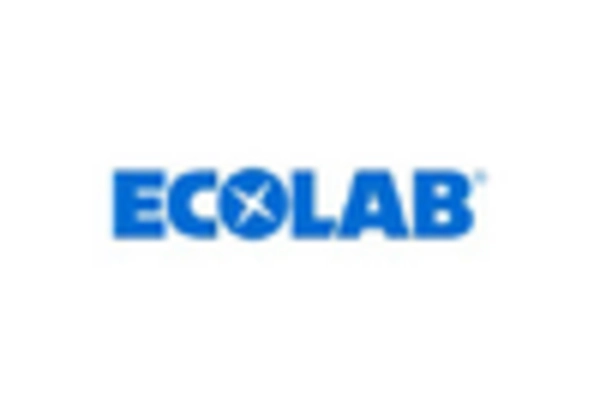
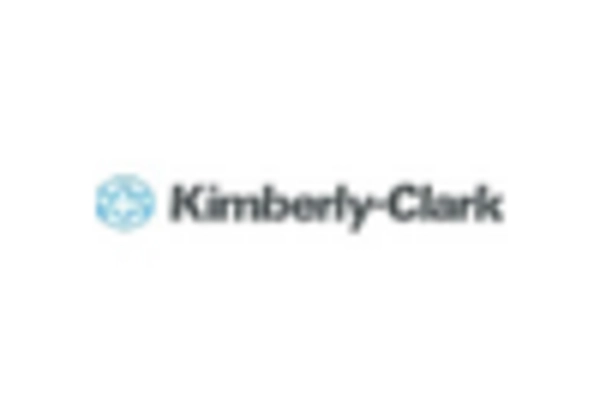









Leave a Comment